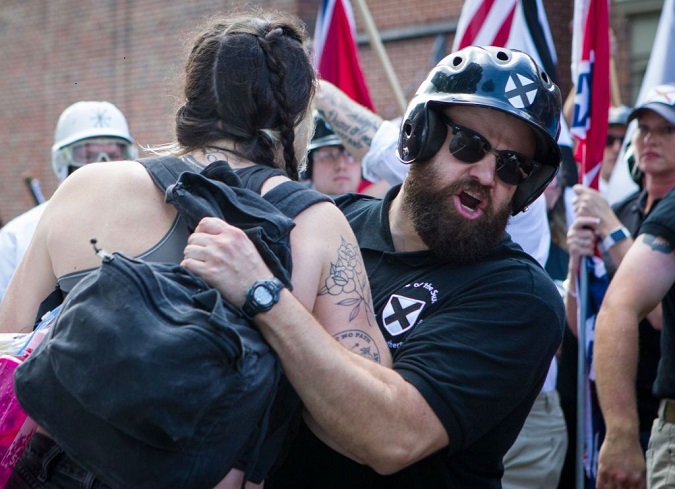
At this point, it’s no secret that white identity politics, and racial resentment writ large, has been the primary driving force behind the rise of Donald Trump. Trump, of course, played on that reality — on that ethnic revanchism, on the notion that America had become a zero-sum contest between races, rather than a country in which the fortunes of white Americans were, in reality, bettered by the improving standards of all groups. Trump spent 2016 playing footsie with white supremacists, and tapped Steve Bannon — a man whose Breitbart website had a tag dedicated to “black crime” — to help run his campaign. And despite the better angels of America’s nature, he won.
A year into the Trump presidency, questions about how that racial resentment can be unwound is a puzzle that will face sociologists and political scientists for years to come. But first-hand accounts — like the new book, White American Youth: My Descent into America’s Most Violent Hate Movement and How I Got Out by Christian Picciolini — can offer some insight into what motivates the individuals who populate white supremacist groups. The book details Picciolini’s ascent within the neo-Nazi movement, and his eventual transformation into an advocate for efforts to counter extremism in its multiple forms. His work culminated in helping found Life After Hate, dedicating his time to rolling back the extremist strains swelling the ranks of the groups he once knew.


